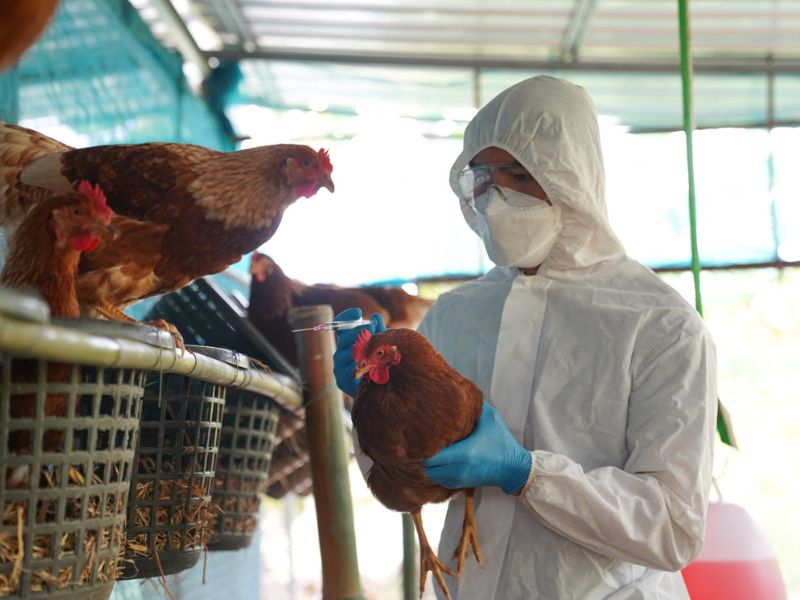
Aviary Alert: Between Virus Evolution and Human Risks
A Detailed Analysis of the Current State of Avian Influenza and Recommended Prevention
Measures The threat of avian flu
Avian influenza is caused by influenza viruses that infect birds. One strain, the A/H5N1 virus of clade 2.3.4.4b, is being monitored by scientists and is of concern. Although few people have fallen ill so far, it could adapt and spread among mammals like us. Reports from disease experts show that this virus is spreading more extensively.
The Evolution of the A/H5N1 Virus
With its evolution, the risk increases that new strains will mutate to easily transmit among mammals, including humans. The virus can already infect various wild and domestic mammals. However, there is currently no evidence of mammal-to-mammal transmission or an increase in human infectivity. Additionally, most humans do not have antibodies capable of neutralizing A/H5 viruses. This makes us vulnerable to potential pandemics caused by these viruses.
A matter of biosecurity
The avian influenza epidemic tells us that we need better biosecurity in farming. It is important to control how sick animals and people are exposed to infected birds. We must monitor the health of animals and humans. We must also examine the virus genes and share data on its code. These things prevent the spread of influenza and help us understand how the virus is changing.
At present, people do not have a high risk of contracting A/H5N1 influenza from birds. But the ECDC and EFSA say that things can change rapidly. Some people may still contract avian influenza, which is why we must remain prepared. We cannot let our guard down or miss steps to protect public health. If we do, a new global health emergency could begin.
Sources


